Thickener is a continuous working thickening and clarification equipment, mainly used for the dewatering of concentrates and tailings slurry in wet beneficiation operations, and also widely used for thickening of solid-containing slurry such as coal, steel, chemicals, building materials, water sources, sewage treatment, etc.
There are currently three types of thickeners commonly used in mineral processing plants: ordinary thickeners, inclined plate thickeners and high-efficiency thickeners.
01 Introduction of Commonly Used Mining Thickeners
1. Ordinary Thickener
Ordinary thickeners are the most commonly used thickener in concentrators.
It can concentrate the slurry with a solid weight of 10% to 20% through gravity sedimentation into underflow slurry with a solid content of 45% to 55%. With the help of the slow-running (1/3~1/5r/min) harrow installed in the thickener, the thickened underflow slurry is discharged from the underflow port at the bottom of the thickener.
According to the rotation mode, thickener can be divided into central transmission type (small diameter) and peripheral transmission type (large diameter). According to the number of working surfaces, it can be divided into single-layer, double-layer and multi-layer thickeners.
This type of thickener is simple in structure, easy to manage, and reliable in production. However, due to the larger diameter, its area is larger and the production capacity per unit area is lower.

2. Inclined Plate Thickener
Inclined plate thickener is equipped with many inclined plates inclined to the center of the thickener on the upper part of the cylindrical pool of the ordinary thickener, these plates are along the circumference, and the angle with the horizontal is about 60°.
These plates accelerate the separation of ore particles, shorten the material settlement time, strengthen the separation and settlement process, improve the concentration efficiency, reduce the capital investment, and increase the production capacity by 3 times.
Due to its high efficiency and small settlement area, and this type of thickener is more suitable for the concentration and dehydration of fine-grained concentrates and tailings. However, due to the complex structure, the inclined plate is easy to fall off, deform and age, and maintenance and operation are troublesome.
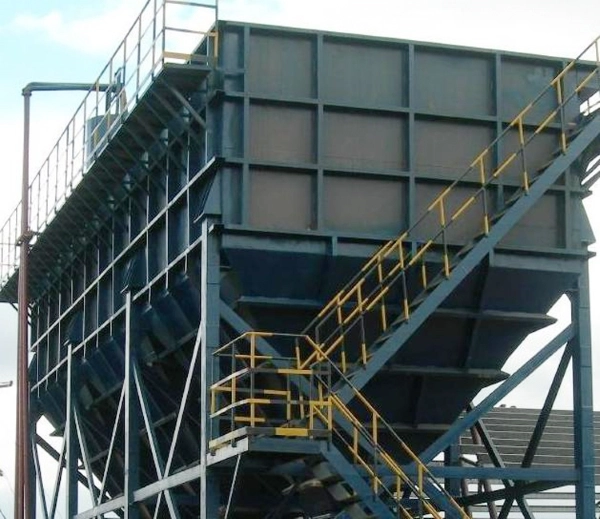
3. High-efficiency Thickener
The high-efficiency thickener has a special flocculant addition mechanism in addition to the inclined plates in the round pool.
In fact, it is not simple settling equipment, but a new type of dewatering equipment that combines the filtering characteristics of the mud layer.
The main feature of the high-efficiency thickener is to add a certain amount of flocculant to the slurry to be thickened, so that the ore particles in the slurry form flocs, accelerate its settling speed, and achieve the purpose of improving the efficiency of the thickener.
High-efficiency thickener’s diameter can be reduced to 1/3-1/2 of that of ordinary thickeners. It occupies only 1/9-1/4 of ordinary thickeners, while the processing capacity per unit area increases dozens of times. Therefore, it becomes more widely used recently.
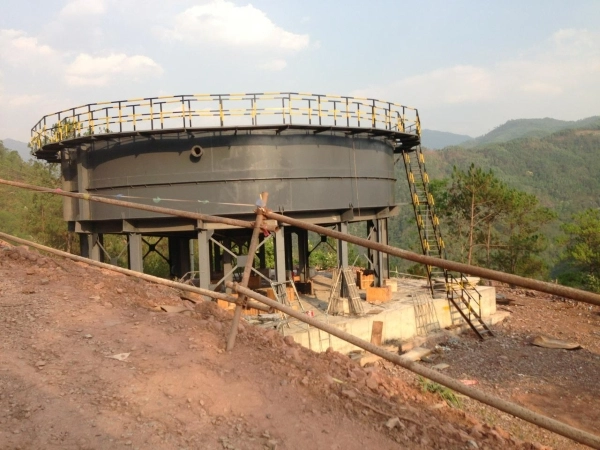
02 Thickener Selection
Although the new high-efficiency thickener has the advantages of high processing capacity, less land occupation and low investment, it still cannot completely replace the ordinary thickener.
In the following situations, it is better to use an ordinary thickener:
Slurry without suitable flocculant. For some ore slurry, flocculants have no obvious economic benefits or are uneconomical at all, so we should use ordinary thickener.
Some pulps may have poor compressibility, slow thickening, and require a higher compression layer, so ordinary thickeners should be used
The thickener which acts as a buffer and is used to store the slurry in the process should generally be an ordinary thickener
Since the high-efficiency thickener is suitable for the treatment of medium-concentration underflow, it should not be used when the underflow concentration is too high.
When the material viscosity is too high and the inclined plate fails to work, an ordinary thickener should be used
03 Precautions for Remolding the Thickener
In addition to the above five cases, the use of high-efficiency thickeners in concentrators can obtain higher economic benefits. At present, there are also many concentrators that transform existing ordinary thickeners into high-efficiency thickeners for production. Please pay attention to the following points during the remolding:
In order to achieve the expected flocculation effect, the slurry concentration should be adjusted, not too thick or too thin
The drop height of the slurry from the slurry inlet pipe into the mixing drum should be small, so as to prevent the slurry from stirring up the settled mud and affecting the overflow turbidity.
The slurry should be degassed and defoamed, and the oil and other substances that affect sedimentation should be removed. For this reason, we can add an aeration pipe or a hydrocyclone before the slurry is entered
As the processing load is relatively large, try to consider installing devices that automatically raise the rake or adjust the speed.
04 To Wrap Up
Ordinary thickeners, inclined plate thickeners and high-efficiency thickeners are all commonly used thickening equipment in mineral processing plants. We should choose the really suitable type of thickener based on various considerations such as the concentration, viscosity, processing capacity, and material properties of the slurry.
We cannot directly replace ordinary thickeners with high-efficiency thickeners, otherwise it will be counterproductive.
If you want to know more about the thickener, or want to buy a thickener, you can consult the online customer service or leave a message, we will contact you as soon as possible!
- Random article
- Popular articles
- Popular comments
- Copper Ore Partial Mixed Flotation Process
- Tin ore flotation+gravity separation+magnetic separation process
- Carbon leaching beneficiation process for gold mines
- Laterite Nickel Ore: Pyrometallurgical Treatment
- Effective Gravity Beneficiation for Chromium Ore
- chrome ore processing:Advanced Magnetic Separation Processing Technology
- Manganese Ore Separation: Gravity and Magnetic Methods



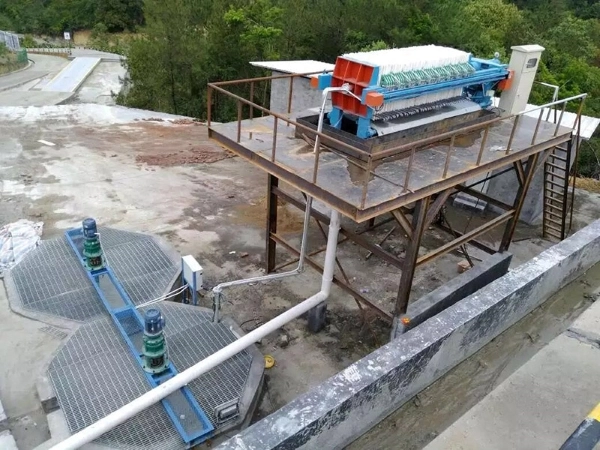
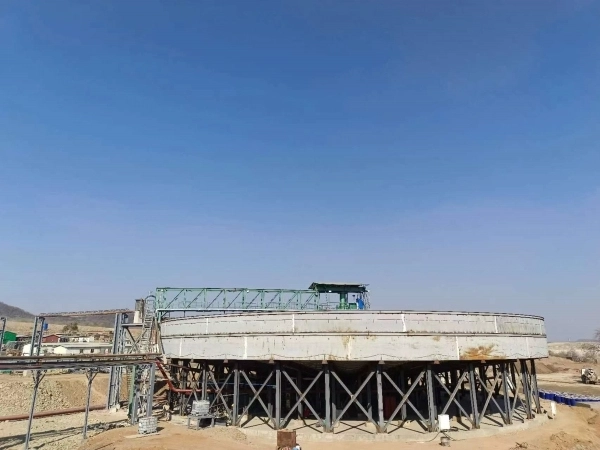
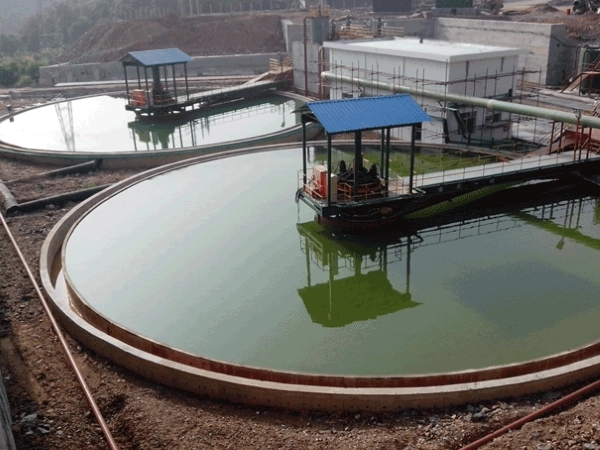



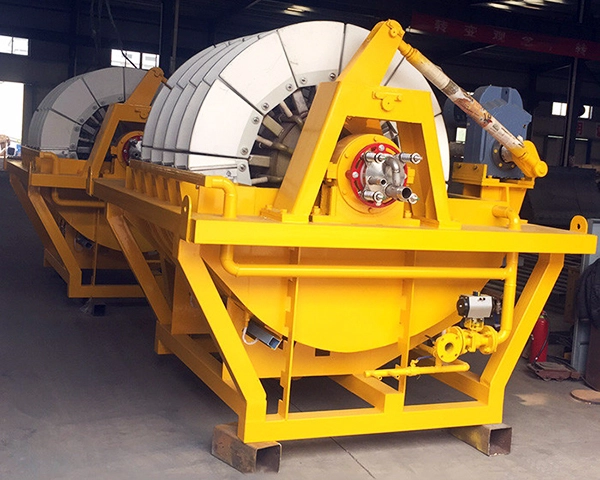
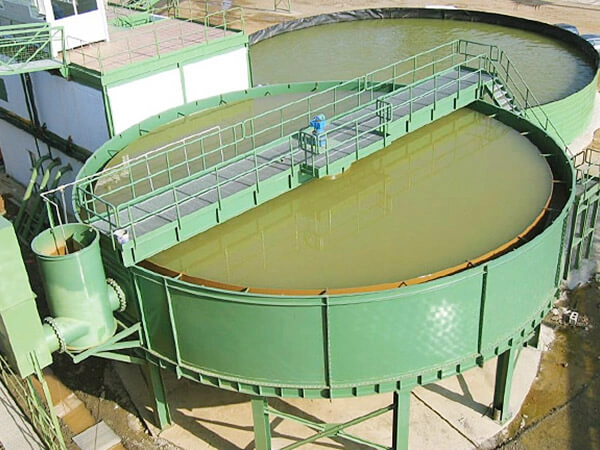




Leave a message with your needs or comments
Add comment: